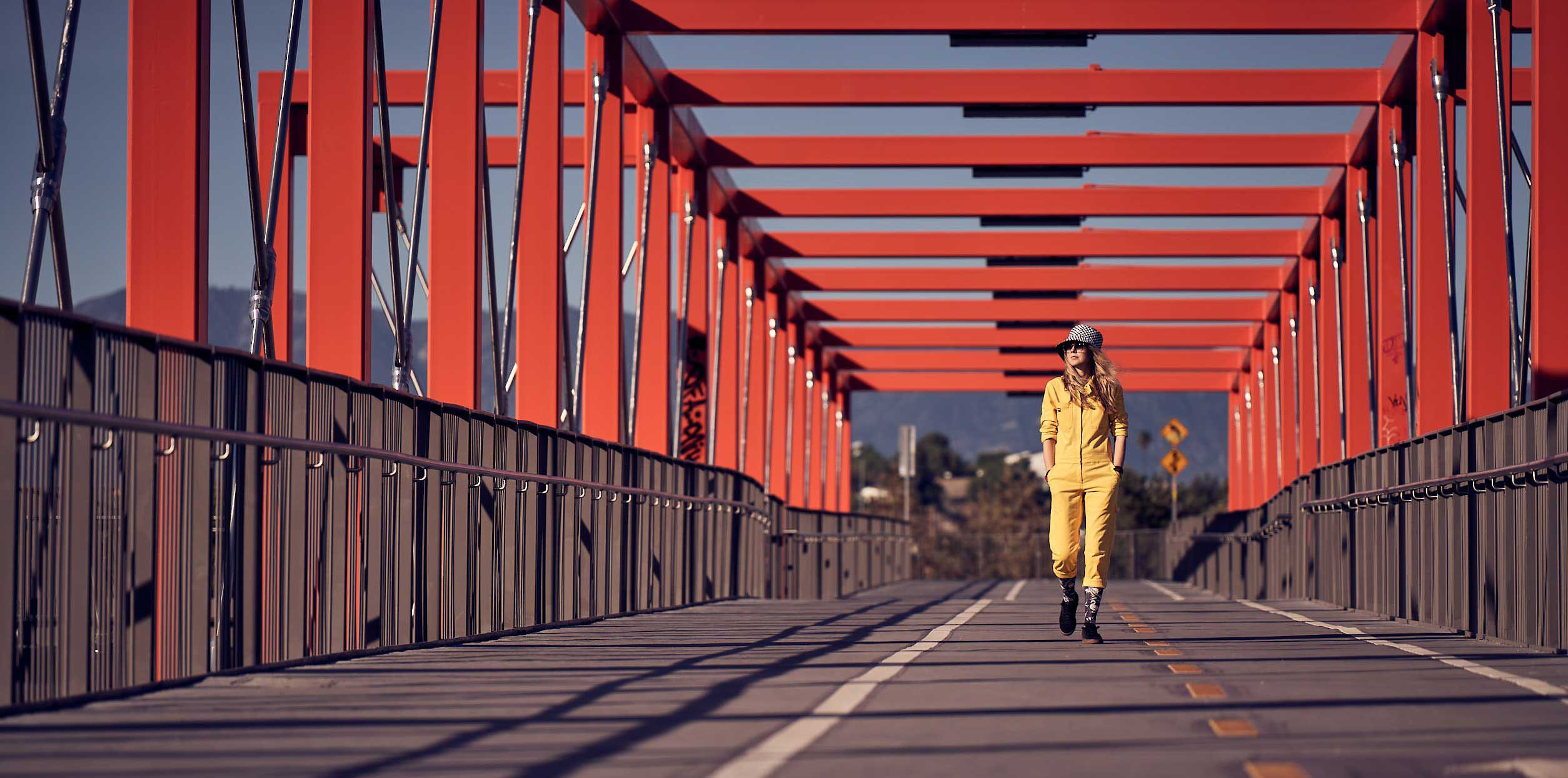I’ve heard you described as everything from an indie musician to an artist. You’re a singer-songwriter, but I also know you to be a passionate environmental activist. How do you introduce yourself?
I don’t know what words to use. I never felt comfortable with any boxes or labels. Any ways that we identify really go back to something we do as kids—we are told who we are. I always just felt like a conscious human being, and Beatie as a byproduct of that. I was writing songs from age seven or eight and discovering my parents’ record collection. And that opened up this great love of the tangibility of records and ceremony and storytelling. That ultimately became the blueprint for me, creating these new tangible experiences in the digital age, essentially trying to recreate what I felt as a kid opening up Abbey Road.
But I was also fascinated by the natural world and fossil hunting. That was one of the things I remember doing with my family most as a kid—going off to find belemnites and ammonites. My mom was a writer and therapist, and my dad was a rare book seller, he had all these Copernicus, Ptolemy, Galileo, Darwin texts in his flat. They were both very curious people in the best possible way. They were original thinkers and they always did what they wanted to do. And there was just so much stimuli that I was fascinated by from such an early age. Going through the education process, you are either an engineer or you’re an artist, you can’t be both. I just didn’t get that. So, I kept all the lanes of interest open, and I decided whatever I’m excited by or curious about, I’m gonna explore. I often just use “artist” because that can be all encompassing. But I feel like we are all so much more multi-dimensional and multi-faceted than we perhaps realize, than society and the education process allow us to be. I just never accepted any of those limitations.
You seem to have a real spirit of “why not?” Like, artist—why not? Scientist—why not? The postcard project, music to outer space—why not? Where does that come from and how have you retained it? Because most kids start out with “why not?,” but there are so few adults who still really own and carry it so well.
I really love that you pulled that out. It’s something I’ve been thinking about a lot. For a long time, I was so focused on the why—the why had to be so clear. All the projects are totally different and there was never a blueprint for any of them, but having that central “why” allowed me to know what to pull into each project so that it felt integrated with the whole, like it was realizing that inherent vision. But then I realized there was this “why not?,” that was equally important. Because sending your music into space via the Holmdel Horn Antenna, there’s no reason to do that. There’s no reason not to do that. With some of the projects that have been pretty whimsical, it’s so much about the playfulness and the experimentation more than any one central objective. I realized that having the why and the why not simultaneously running alongside one another—it’s the tension between those two things.
As a kid, I was always really, really sure about what I liked and who I was. I mean, I always felt like a weirdo [laughs]. We had an assembly at school, where kids were performing songs. As a seven-year-old I’d written my own song, and I’d choreographed the whole thing with backing singers and dancers. We went out on stage and all the other kids were just like, What the hell is this? [laughs] My backing singers and dancers were kind of traumatized by the audience and just didn’t sing a note or do a move. I ended up doing the whole thing on my own, powering through. I say that because, I guess I would do things like that. I’d be like, Well, fuck it. If I wanna do this and this makes sense to me, and if it’s not popular, I don’t really care. I had that from a very young age.
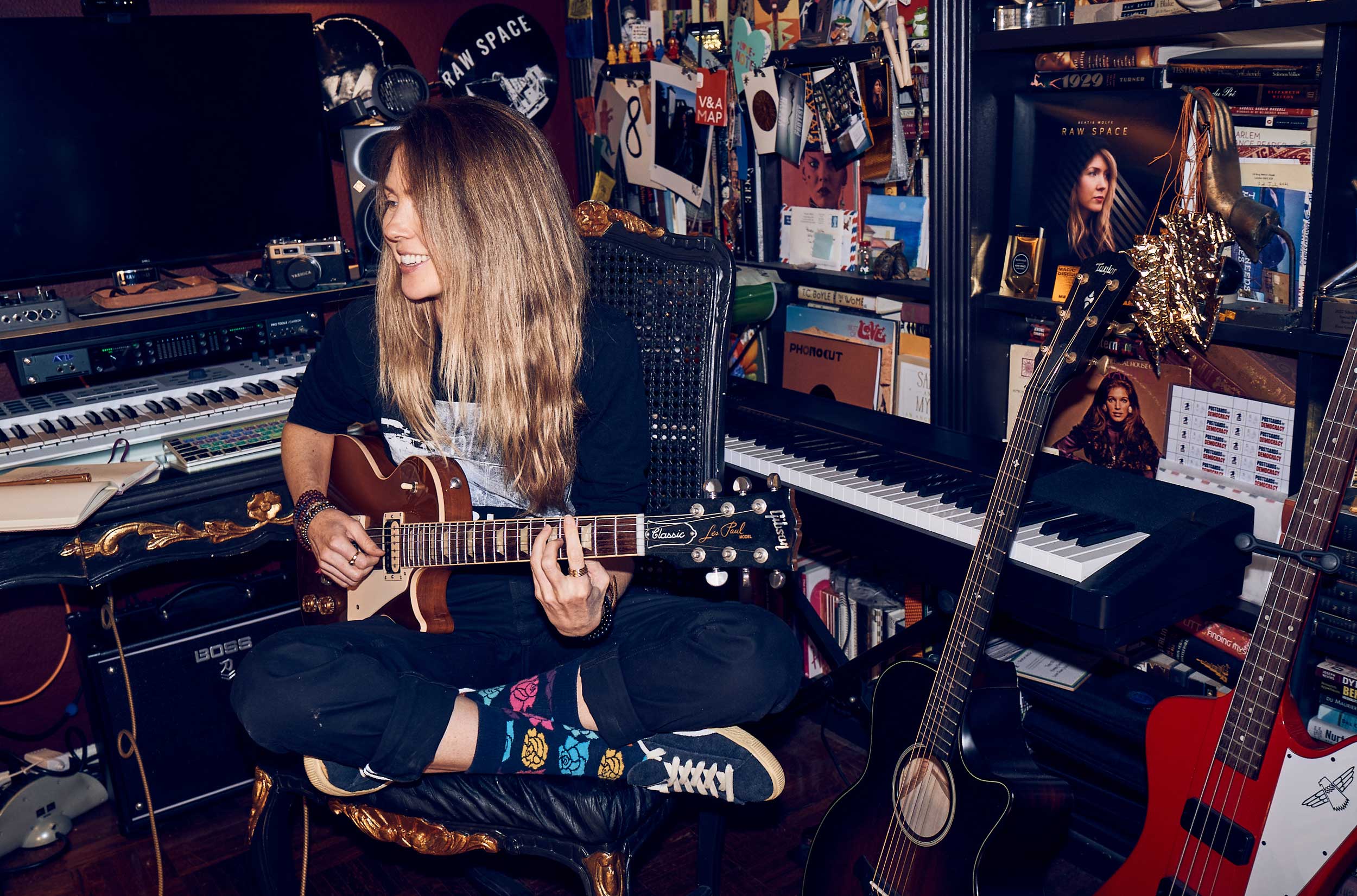
I watched the documentary about you and some of your work, and there was a specific scene in which you talk about asking your mom if she could make you a boy, then a frog. You talked about being a ninja. And I think for a lot of kids, or a lot of creatives, that would be either escapism or maybe ego or trying to be part of something. But it felt like this exploration was curiosity driven.
Yeah, my mom had very little money. We didn’t often have the things you’d want to have as a kid, like new toys or whatever. But I lived next door to my best friend. And her and I would—whether it was scaling the rooftops dressed in ninja outfits or doing radio shows or making magazines or putting on plays, it was constant exploration. Just really having a lot of fun. And I didn’t really get to that point in life where I thought, Oh, well, that should be confined to that period of time. Why wouldn’t you keep finding wonderful explorations that bring you so much joy? And ultimately seem to bring joy to collaborators, and then maybe even the people who get to experience it or hear about it?
Tell us about the global music vault project you’re doing with Microsoft, and what the exploration looks like there?
The idea is to create an equivalent of the seed bank. We have preserved a lot of the world’s flora in the form of seeds. If there were to be an apocalyptic event, we could essentially restore the plant kingdom. Why don’t we think about doing that for art and culture? Isn’t art and culture equally important in a different way? My music and art were chosen to be included in this first music seed bank, alongside the International Library of African Music, and works from the Smithsonian, and just incredible libraries of what I would consider to be the world’s most significant music. To be part of that as an individual artist was incredible. To create it, they have glass platters, which they’re able to encode with about a terabyte of data in a fashion where it’s essentially stored as cold data until it’s needed. That has huge implications for cutting down our global energy usage. So, Microsoft Research and I have been in conversation about different ways of using that technology, because I am really excited by the prospects.
One of my next installation pieces, set to be unveiled at this year’s London Design Biennale, will take you inside the human brain and explore the many channels and the many streams going on. The way that you’ll be doing that as a visitor is via this thinking cap, where the data corresponding to that area of the brain is encoded in man-made diamonds. That is how people will be listening to the different channels of what’s going on within your brain. I’ve been working with Microsoft Research on that because I love the idea of making an art piece that will be around for 10,000 years [laughs], but also an art piece that points to this huge breakthrough in figuring out how we can really start curbing our energy usage. Whether it’s streaming or all the other forms of media that we engage with, we don’t often think of the energy footprint, but it’s substantial. This is a big step forward in that respect.
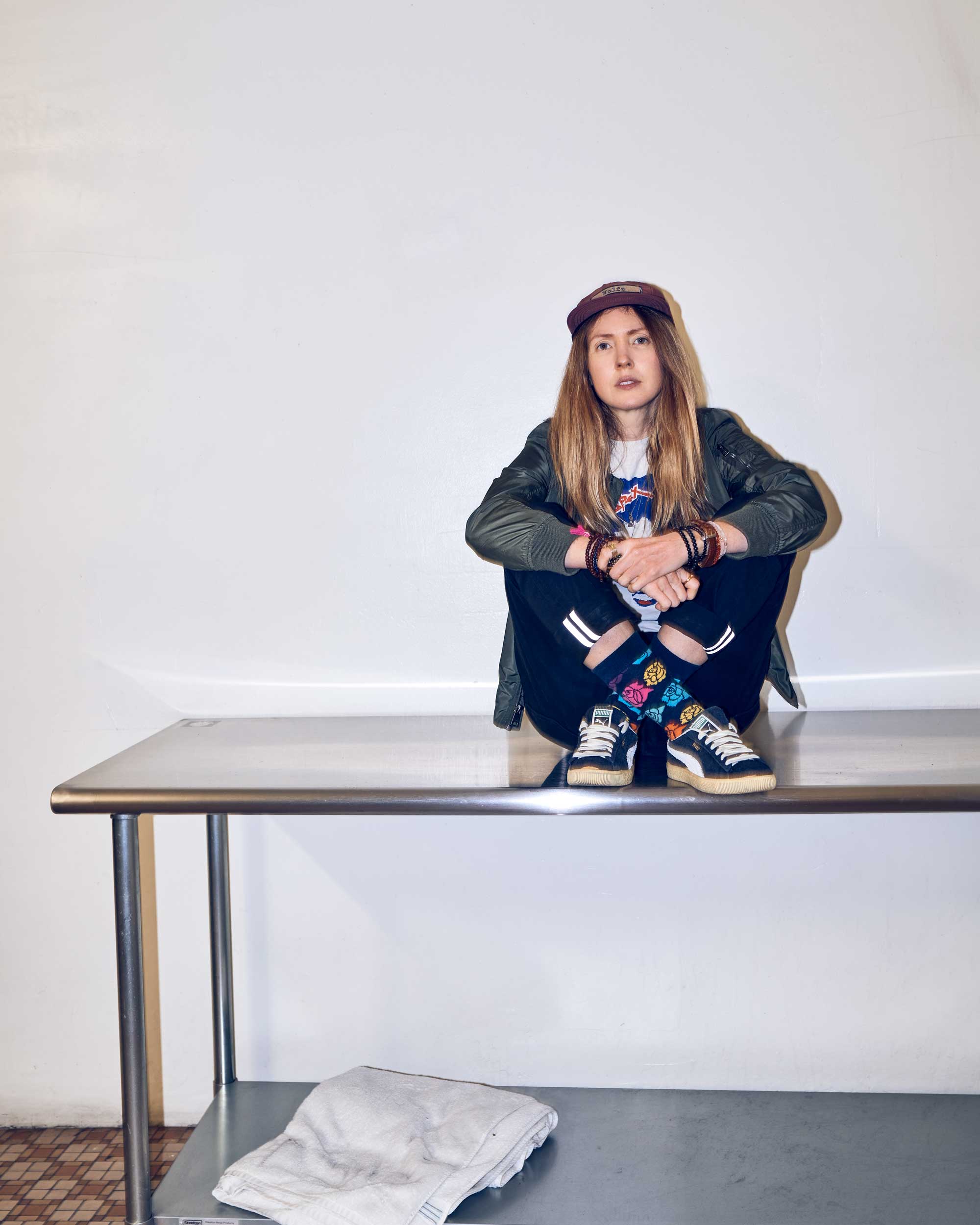
You are like this incredible spaghetti pile of connection; everything you share points to another part of your expansive body of work. Because of this new installation’s connection to the human brain, it calls to mind the work you did around music and dementia.
For a long time, it felt as if I was doing all these random projects and the connection wasn’t so obvious. When I did the exhibition of album designs in 2018 at the Victoria and Albert Museum, that was so wonderful because I think people really got to see how all these different formats, even though they were very different—space chamber or a musical jacket or a theater for the palm of your hand—the intention and the thinking was all the same. Then when you throw in music and dementia and that research project, and the environmental work, and postcards, and working with Noah on a re-wilding abalone initiative, it starts to get a little like, okay. But then I realized that the projects are actually an ecosystem—they all share the same ethos and DNA. The pillars are environmentalism, thinking about the value of art in the digital age, and music as medicine. So, what’s lovely is they all keep re-informing one another. There’s a coherent feedback loop.
I started the music dementia project in 2014, and at that point, I never imagined I’d do something in the research and neurology space. But I had been reading a lot of neurologist Oliver Sacks, and his book Musicophilia: Tales of Music and the Brain, and I was so struck by the case studies of music bringing people back from these extreme neurological conditions—particularly in this age when music has become so commodified. They really put it into perspective: you’ve got music as entertainment on this side and on the other you’ve got music as better [treatment] than even pharmaceutical medicine. I felt so affected by that—what better application of music is there?
I had family members living with dementia, so it seemed like a no-brainer—”Oh, I’ll take my guitar and I’ll play a few songs and have no expectations, but see what happens.” One of those performances was for my father-in-law who was in a care home in Porto, Portugal. It was meant to be just for him—he was the only English resident there—and it ended up being for the whole ward, an audience of Portuguese people, none of whom spoke any English. I was playing songs that I’d just written, so they weren’t triggering memories for the audience, they were in a different language. And I was thinking, Okay, this is probably not gonna do much good. But then as I was playing, people were waking up and singing along and clapping. At the end of the performance, the director of the home came up and said, “In the 10 years I’ve been here, that’s the best I’ve ever seen the group.” And it happened just because I’d pulled this thread of feeling that there was something to explore. I felt there was a responsibility to see how much further one could take that.
So, back in the U.K. I conducted this research across UK care homes. The idea was to recreate what happened in Portugal, but with the right controls in place, measuring everything. And it was incredible. This piece of research, which I thought was tiny and probably not any great contribution, ended up really having a significant impact. Top neurologists were getting in touch and wanting to talk about the findings and incorporate them into their studies. It really was the first study that looked at music, unconnected to memory, for people living with dementia. I was watching people who were catatonic get up and dance, watching people who were non-verbal sing along with songs they’d never heard. There were so many reactions like that. And it really made me realize, once again, we know so little about music and the brain, and so little about a lot of stuff here on our beautiful planet earth. It reinforced the work I was doing, creating these installations that are all about ceremony and setting up experiences that really move people. That project has become a charity, Music for Dementia, which is getting music in all care homes.
That sense of responsibility in your work makes me curious. What responsibility do you think artists bear beyond creating good work or being good people themselves? What do they bear in a bigger picture sort of way?
I wouldn’t put it down to just artists. I think we all have the capacity to do incredibly impactful things when often we don’t think we do. We often squash the things that we love or the things we believe in. There’s a sense that we don’t know our own power, or aren’t able to do anything about an issue—we just think it’s out of our terrain.
But there is an aspect that relates to artists. There is an undefined quality that a lot of artists can utilize or play with— they can be like water and go into these different spaces as rogues. There’s this great freedom that you can actually activate something or say something that maybe someone else would have a harder time saying. Particularly as an independent artist, you’ve got all the freedom and rogue nature you could ask for. So yeah, you should use whatever skills you have to communicate bigger issues that need to be communicated or create bridges between areas or organizations or fields that often are just totally siloed from one another.
So sometimes that means you’re playing music for your father-in-law in a care center, and sometimes that means you’re trying to create awareness around global environmental issues, right? Talk a little bit about your work at the global crisis scale.
When I was playing to my relative in Portugal, I never imagined it would become a research study and then a charity, and have me sitting with the neurologists at Stanford as they picked my brain. Same with “From Green to Red.” After seeing An Inconvenient Truth as a teenager and writing the song and then seeing, many years later, the 800,000 years of climate data at JPL, there was this sense of urgency, like, how does one present this in a way that more people can absorb? Because we’ve got all the information. We’re just so bombarded in this digital era that we are almost sensorially numb.
So, in both cases, it started small. With “From Green to Red,” I wasn’t thinking, Oh, I’ve gotta make some big piece that’s gonna be on the world climate stages. More like, I have this song, I have seen this data. There must be a way to bring the two together that really allows people to feel that data and get a sense of where we are on the planet right now. When the first beta version was created, which ended up being the version I showed at the Nobel Prize Summit after Al Gore and David Attenborough, I thought, We’re gonna do way more work. This is just the tip of the iceberg. But I had an opportunity to share it at the Barbican Centre where a documentary had been commissioned about my work. And then the BBC showed up and wanted to do a whole episode around it. I remember thinking, Oh my God, I’m an imposter. This isn’t ready. But clearly there was something that immediately resonated. So it’s paying attention to the core of the idea and what that intent is, then pulling in the different layers that tell that story in a way you feel is coherent and true. Then you set it off in the world and just see what it does, without any needs or expectations. I feel that the projects are still very small and intimate for me, and yet it’s lovely to also see that they’ve had a global effect or impact.
I think there are a lot of artists, designers, musicians, who look at your body of work and think, “She never has a creative block, she never feels like an imposter” [laughs]. And yet with a project that has been seen globally as an impactful, overwhelming success, that feeling was still present for you. Can you talk about the practical realities of living an artist’s life and the realness of that journey?
I completely get it because from the outside, I’m like, wow. But sometimes I get to the end of the year and I’ll be like, Oh man, I really didn’t do much this year, because you don’t feel that inherent glory. And I would also say, I think that’s a great thing. ‘Cause complacency is the absolute worst thing—the idea that you could ever rest on your laurels. But it is very easy for some people. Or they do one thing they get celebrated for, and then they’re terrified of doing anything else because they never wanna lose that sheen. Whereas I have constant—I wouldn’t say imposter syndrome. What is it? It’s when you feel like you haven’t done enough. I’ll get to the end of a project and then I’m very quickly like, “Well, what’s next?” And I’ll almost forget all of the stuff that’s happened before. It’s just about, “Well, what are you doing now?”
We would call that the great discontent [laughs].
[laughs] Yeah, there we go. But with all of the projects, not having any kind of roadmap, agency, team, sponsor, not having any patron funding it, I’m constantly figuring it out on what feels like a precipice of not knowing if any of it’s gonna work. In a way, there was never a fear of failure because nothing like these projects existed so there was never anything to fail against or be compared to. It was like, Why wouldn’t you just shoot for this impossible thing? And if it doesn’t work, it doesn’t really matter because it’s so out there anyway. That definitely gave me a sense of additional fearlessness or a bit of a “fuck it” attitude. But it has not been easy.
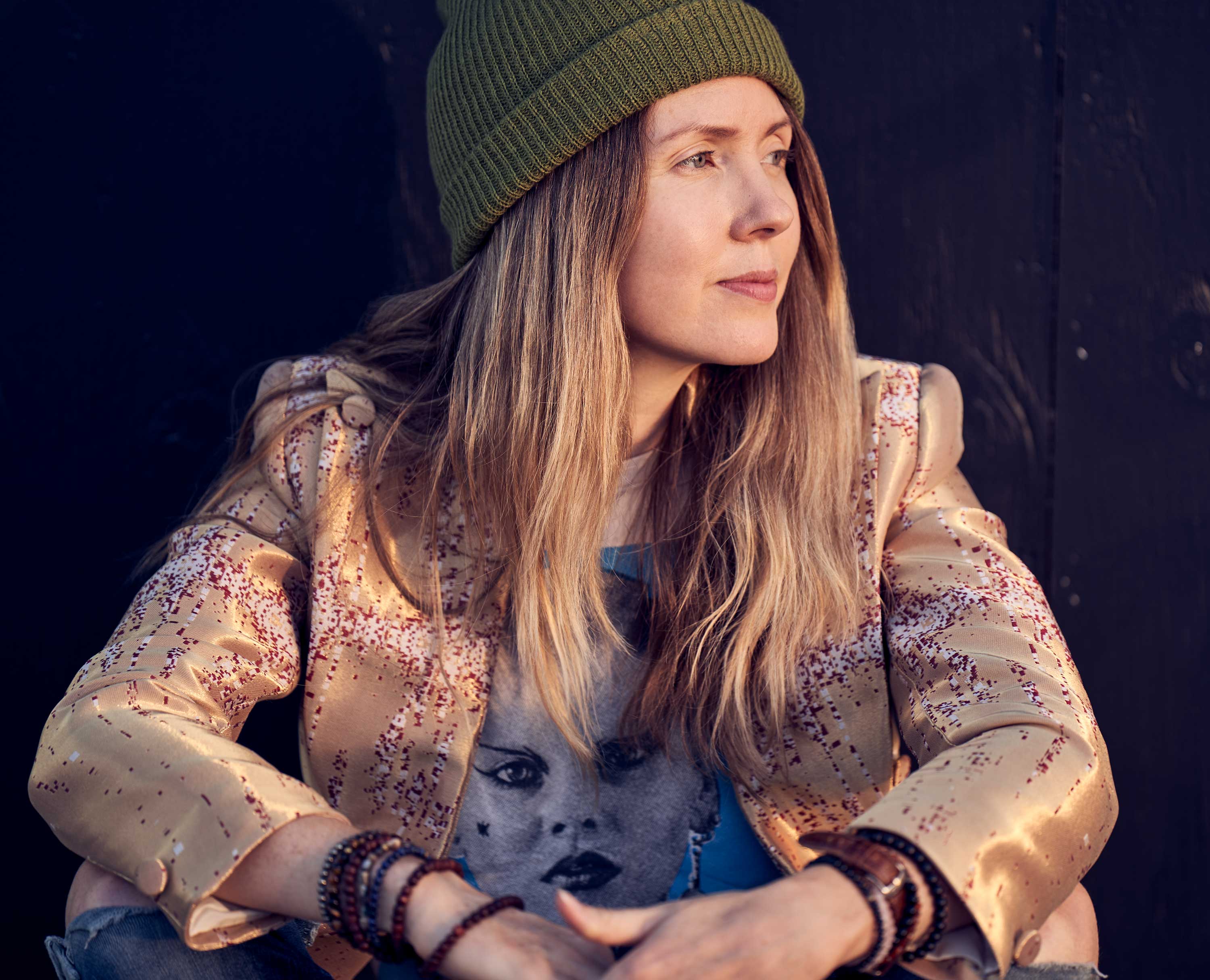
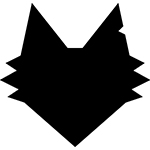
I understand though that you have kind of a secret weapon that not every artist, musician, creative has access to. You have the power of space rocks that travel with you.
[laughs] Yeah, which are on me, now.
Where did they come from? What do they mean to you?
I have a very particular little collection of things in my pocket. The first thing I started carrying around was actually a talisman my mom brought back from China that was blessed by a monk named Li Shifu. And then, I gave a talk at NASA’s Jet Propulsion Laboratories. Afterward, Dr. Randii Wessen, a very dear friend who was one of the principal engineers on the Voyager and all these other missions, came up and showed me these atmospheric CO2 graphs dating back 800,000 years, which became “From Green to Red.” And he brought these two little meteorites, as a gift. I said, “Well, Randii, I’ll be keeping these in my pocket for extra power from now on.” He was like, “Oh, that’s really sweet.” But then I really did. I have a few other things—an angel penny from my dear friend Allee Willis. Honestly, there’s not a lot I get attached to in terms of stuff. But the stuff in my pocket, that is so important [laughs]. I feel like it just gives me some extra power.
One of the things that sparked my own curiosity is your focus on tangibility. I think there’s something in that. You know, we print a magazine in a world where there’s not a great economic argument for printing things [laughs], but we believe so deeply in stories’ transferability in that format. What does tangibility mean in terms of your work?
I really identified early on that there were a couple of components to, say, the vinyl experience, but you could almost apply that to anything—to reading, seeing a piece of art or whatever. But looking at the vinyl experience, there were really three things that allowed the music to go in deep and imprint: the tangible component, or the physical art form, the ceremony around the experience, and the story that the record was telling. You could argue they’re all really important. I think ceremony is incredibly important—trying to find, within anything we do, these moments of presence, because otherwise we’re not really there. And tangibility, I feel as if it grounds us in the present moment. There’s something about a physical thing that really becomes a touchpoint to the here and now, as well as a beautiful vehicle of art or something else. I think about the records from my childhood, but I also think about, on the flip side, my dad’s rare books. Because those were not just an art form, they were a way of really patenting an idea, and having this moment in time immortalized.
So, when you think about tangibility, it can do so many things. It can just be the fact that you can see or feel, say, the artist’s brush stroke. Immediately you have this connection to that person. It can be that it is framing something or grounding something in a point in time and ultimately acts as a portal. And I think that as a digital world, we are really losing sight of the value of tangibility. Because the whole Meta, NFT bullshit—you gotta take the best of the old and the best of the new. Kind of like the “why” and the “why not”—you have to have innovation and reclamation running simultaneously alongside one another. I was always fascinated with exploring what we had lost and bringing that back into the picture, but also what we could create and what we could imagine, and having those two things collide.
It reminds me of this Ghanaian concept of Sankofa. There’s this whole proverb around this idea of it not being wrong to go back and claim what you have forgotten. This idea that the past cultural heritage has so many wonderful, beautiful, helpful, useful things. And it’s worthy to go back and retrieve those. The way you described that dichotomy—things in the future aren’t inherently good or bad, and things in the past aren’t inherently bad just because they’ve been forgotten—there’s something really powerful in that idea.
I think most of life is an act of remembering—who we are, who we were when we first came into being, because I think we inherently know a lot more than we remember. There’s a lot of ancient wisdom and truth that we’ve completely lost touch with. And I think it comes down to technology fast-tracking so much of what it means to be a human being on the planet, but short changing us in a lot of ways, and not reflecting the costs of the fast-tracking process. It’s a really key time for us to be much more intentional and really choose what it is that we want to plug into.
